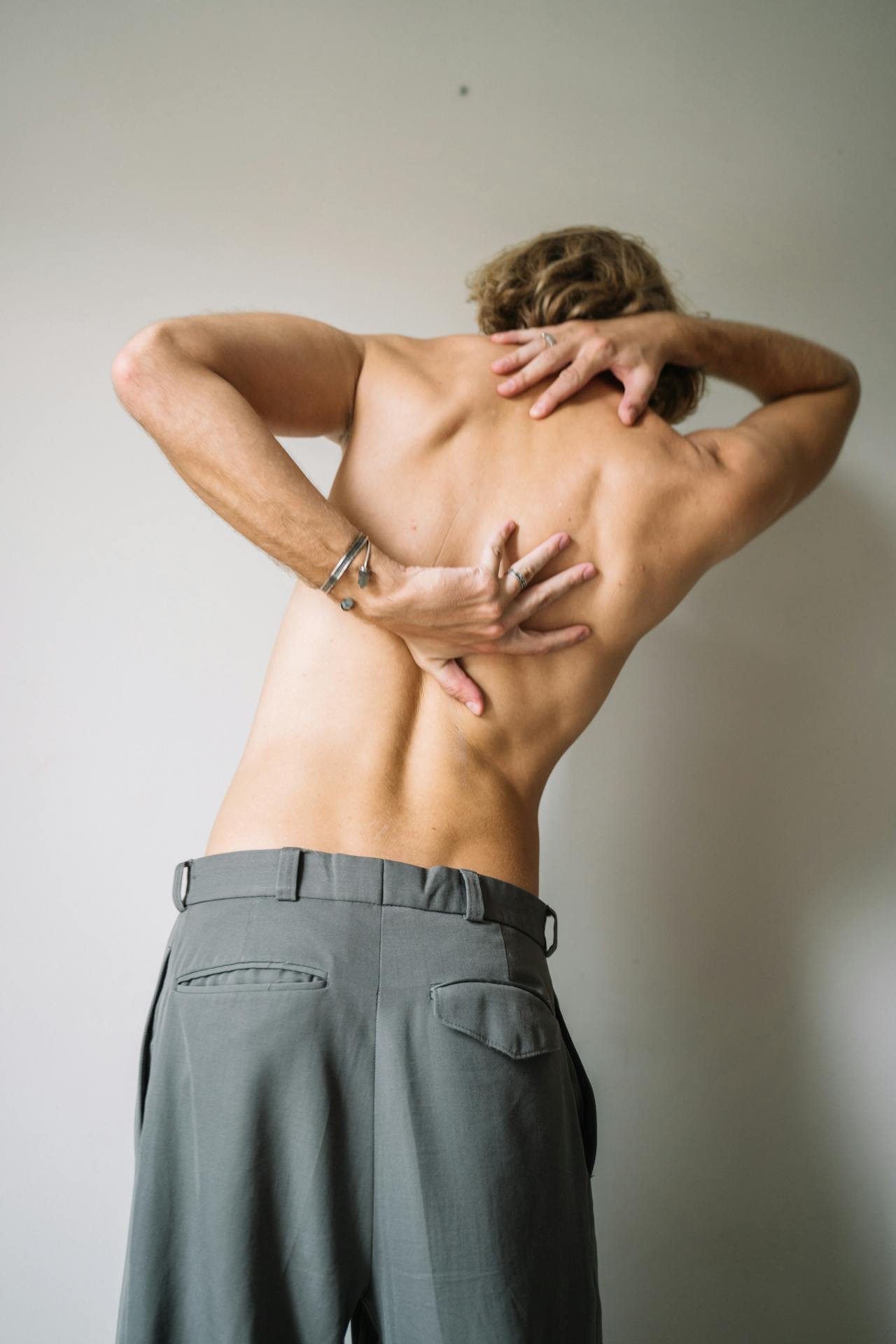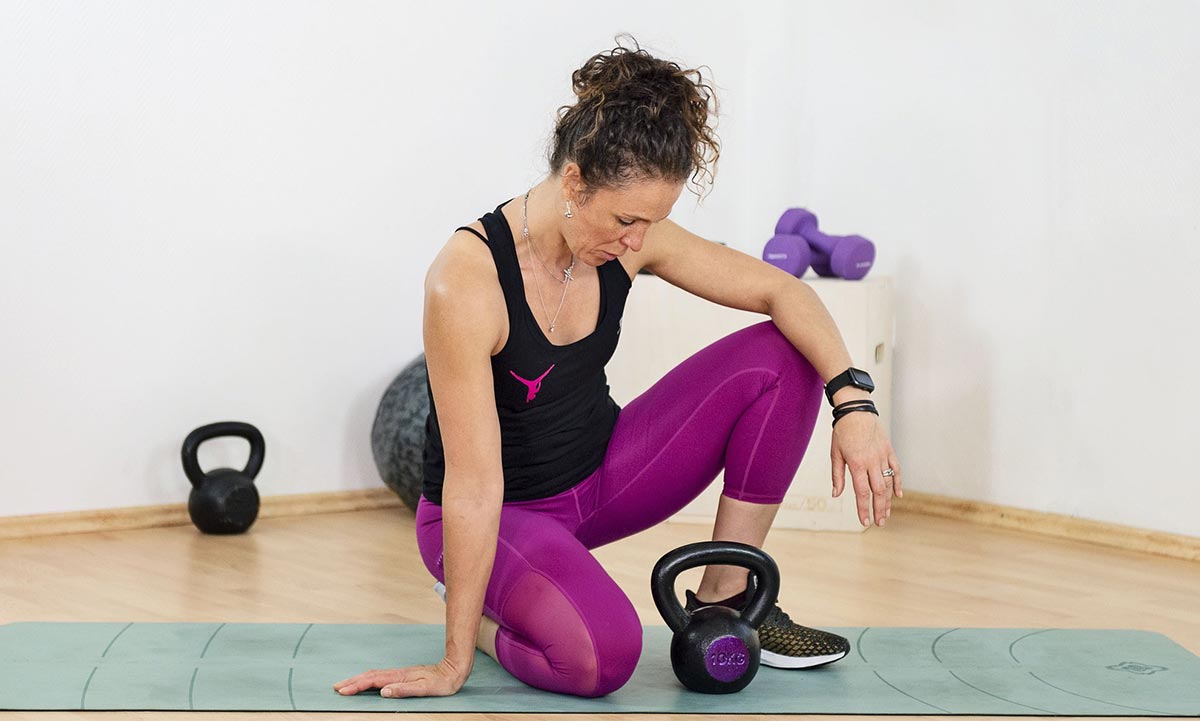The fitness world is riddled with advice—some good, some bad, and some downright ridiculous. It's all too easy for a simple tip to snowball into a widely believed myth, spreading faster than a bad gym selfie. But here's the thing: not all advice is created equal, and believing in these myths can sometimes do more harm than good. Let’s dive into some of the most pervasive fitness myths and unravel the truth behind them.
The Absurd Crunch Myth - Afterburn?
One of the most persistent myths is the belief that crunches or ab machines will magically melt away belly fat. Hate to break it to you, but this is pure fiction. While crunches can strengthen your abdominal muscles, they won't burn the fat sitting atop them. To reveal those abs, you'll need a mix of cardiovascular exercises, strength training, and a balanced diet to reduce overall body fat. In other words, no machine can turn your belly into a six-pack overnight—sorry, late-night infomercials. - Yes, it’s true that your metabolism gets a slight boost after a cardio workout. But before you pat yourself on the back for burning hundreds of extra calories while binge-watching your favorite show, let’s set the record straight: the actual afterburn effect is minimal. On average, you'll burn about 20 additional calories post-workout—not quite the free-pass-to-pizza you might have hoped for.
The Treadmill vs. Pavement Debate
Ever heard someone say that running on a treadmill is gentler on your knees than pounding the pavement? Well, bad news—it’s not. The force exerted on your knees comes from your body weight, not the surface you're running on. The best way to protect your knees is by diversifying your cardio routine. Mix in activities like cycling or swimming to give those joints a much-needed break.
Yoga for Back Pain - Sweat Equals Success?
Yoga can work wonders for muscle-related back pain by improving flexibility and strengthening your core. However, if your back pain stems from a serious condition like a herniated disc, yoga might do more harm than good. Always consult with a healthcare professional before jumping into a downward dog when your back is barking. - Many believe that if you're not drenched in sweat, you’re not working hard enough. This couldn’t be further from the truth. Sweat is your body’s way of cooling itself—it’s not a measure of effort or calorie burn. Activities like walking or light weight training can burn calories effectively without leaving you looking like you’ve just stepped out of a sauna.
Swimming for Weight Loss
Swimming is an excellent way to build muscle tone, improve lung capacity, and reduce tension. However, its effectiveness for weight loss is often overstated. The buoyancy of water supports much of your body weight, reducing the overall calorie burn compared to land-based exercises. Plus, swimming can often increase appetite, making it harder to stick to a calorie deficit. Feeling okay during a workout doesn’t mean you’re not overdoing it. Many people start a new fitness program with enthusiasm, only to push themselves too hard too soon. This often leads to burnout or injury. Progress gradually, and remember: soreness the next day doesn’t always equal progress. Listen to your body—it knows best.
Machine Safety Assumptions - No Pain, No Gain?
Exercise machines might seem safer than free weights, but that’s not always the case. Poor adjustments for your height or weight can lead to improper form and increase the risk of injury. Always ensure the equipment is set up correctly, or better yet, consult a trainer to show you the ropes.
This age-old slogan has likely done more harm than good. Pain during exercise is a red flag, not a badge of honor. While some post-workout soreness is normal, feeling sharp pain during an exercise usually indicates an underlying issue. Stop immediately and seek professional advice if needed. Pushing through pain isn’t just unwise—it’s counterproductive.
Understanding the science behind fitness myths can save you time, effort, and possibly an injury. The gym isn’t about flashy machines or catchy slogans; it’s about smart, consistent effort. Ditch the myths, trust the process, and focus on what truly works for your body. Fitness isn’t one-size-fits-all, and that’s the beauty of it—your journey is uniquely yours.












